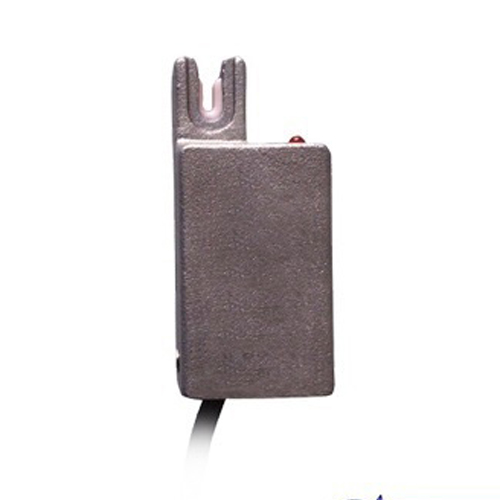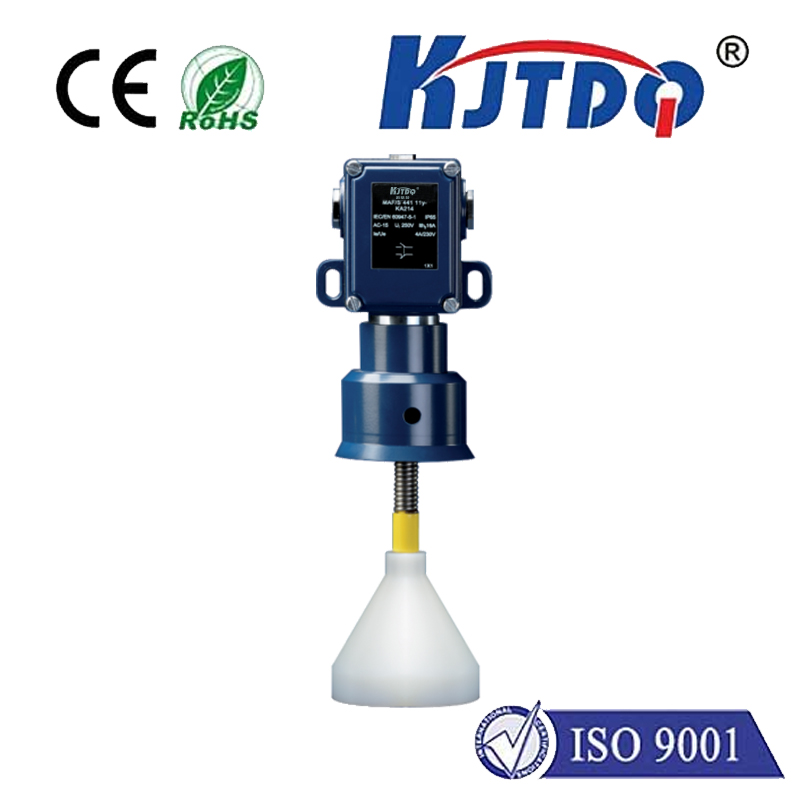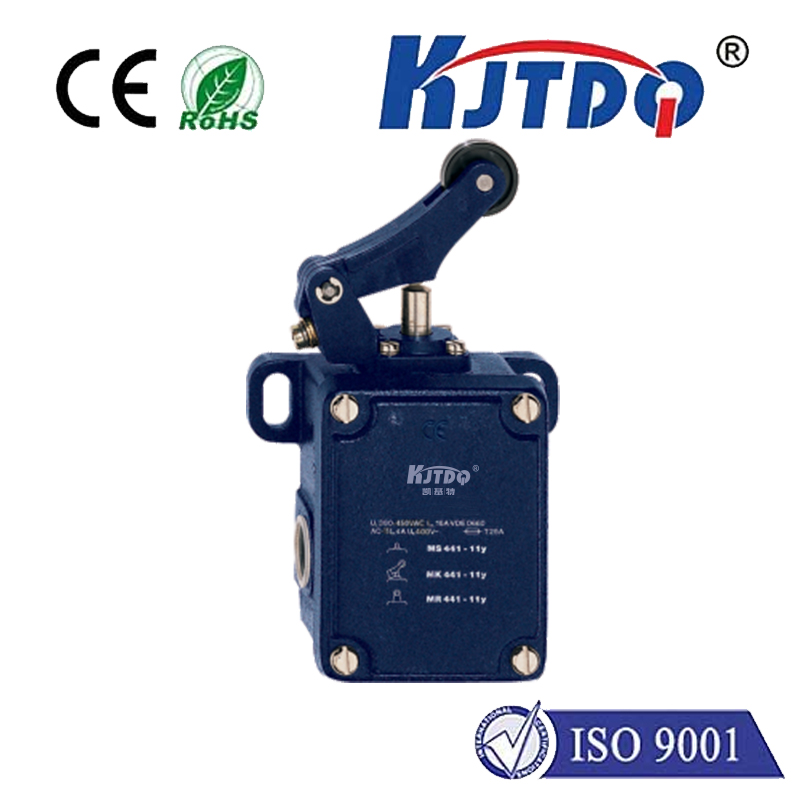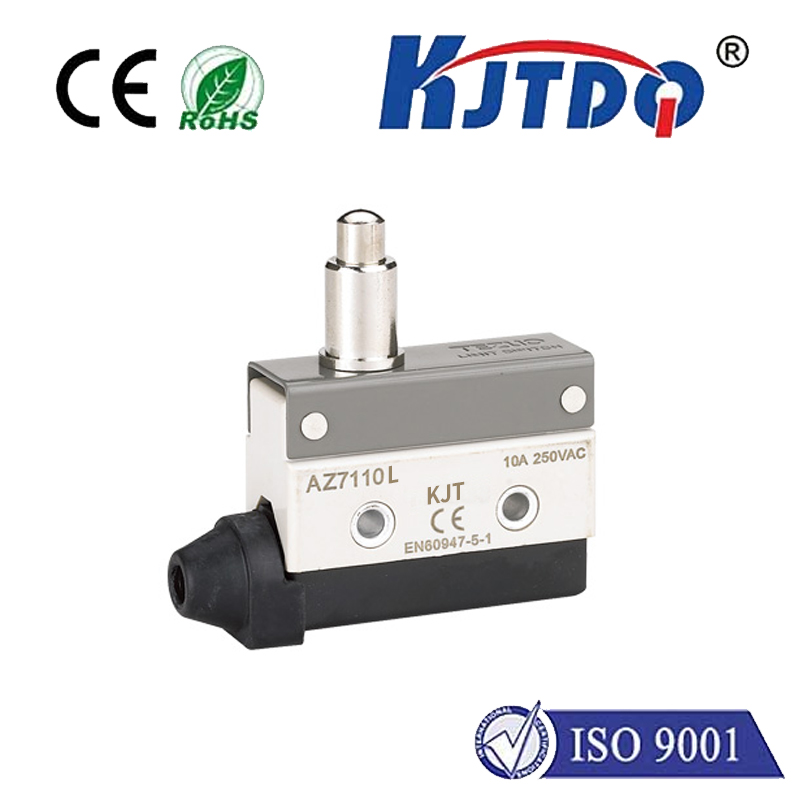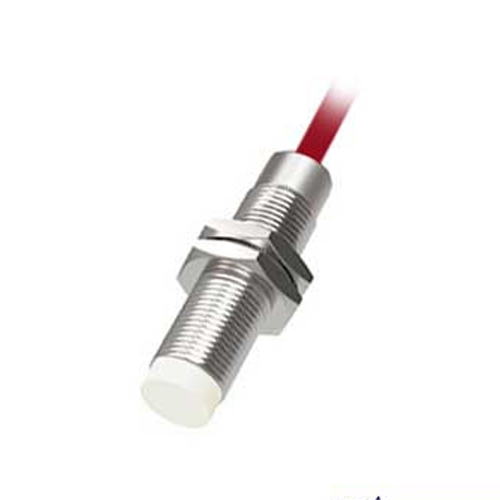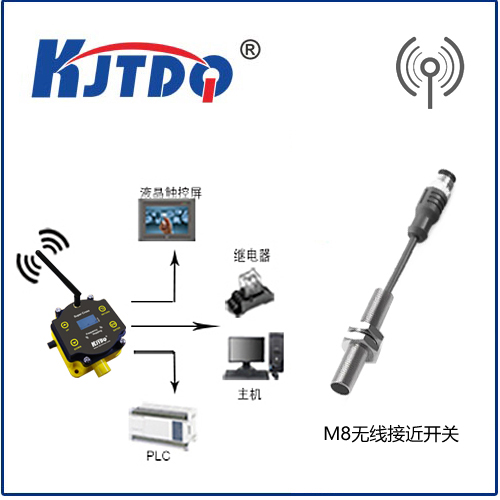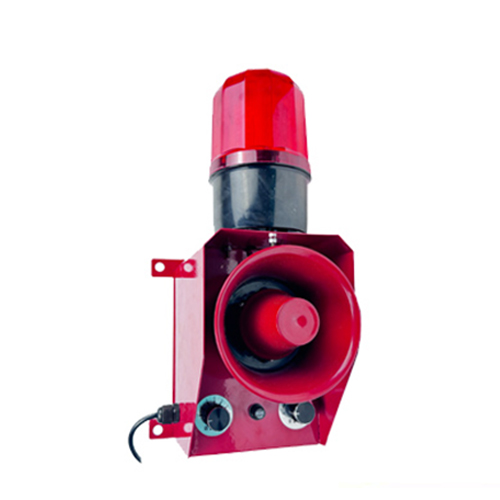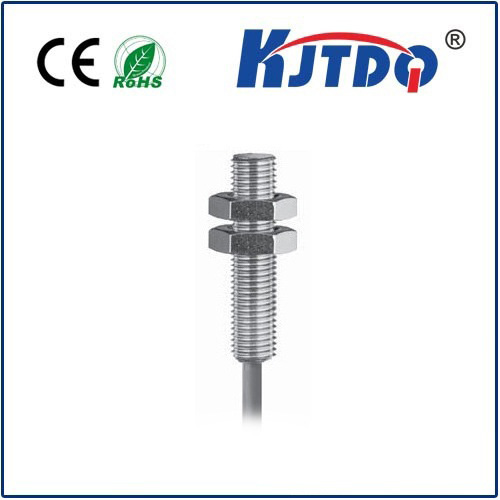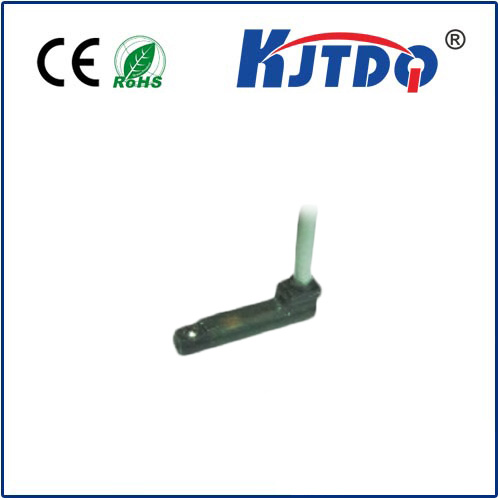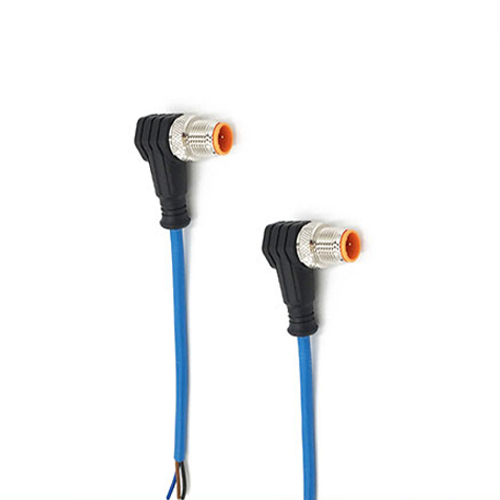proximity probe vibration
- time:2025-06-23 15:54:23
- Click:0
Boosting Machine Health: The Critical Role of Proximity Probe Vibration Monitoring
Unplanned downtime cripples productivity. Proximity probe vibration monitoring stands as a frontline defense, transforming raw machine movement into actionable intelligence for predictive maintenance and enhanced reliability.
In the high-stakes world of industrial machinery, the faintest abnormal vibration can be a harbinger of impending failure – failures that translate into costly production halts, safety hazards, and significant financial losses. Traditional methods often fall short, either being too intrusive or failing to capture the precise data needed. This is where proximity probe vibration monitoring emerges not just as a tool, but as an indispensable strategy for safeguarding critical assets.
Understanding the Core Technology: How Proximity Probes Work
At the heart of this technology lies the non-contact measurement principle. Proximity probes, typically based on eddy current technology, consist of a sensor coil energized by a high-frequency oscillator. When positioned near a conductive target (like a rotating shaft), the probe generates an oscillating magnetic field. As the distance (gap) between the probe tip and the target changes – precisely what happens during vibration – it alters the strength of the eddy currents induced in the target. This change in eddy currents directly affects the impedance of the sensing coil.
- From Magnetic Fields to Voltage Signals: An integrated oscillator-demodulator circuit converts these subtle impedance variations into a highly linear, calibrated DC voltage signal. Crucially, this voltage output is directly proportional to the gap distance. Therefore, any vibration of the target relative to the probe results in a varying voltage signal – a direct electrical analog of the shaft’s displacement over time.
- Measuring Relative Vibration: It’s vital to recognize that proximity probes measure relative displacement. They track the movement of the shaft surface relative to the probe itself, which is rigidly mounted on the machine casing. This provides a clear picture of shaft motion within its bearings.
Why Proximity Probes Excel in Vibration Monitoring

Several key advantages make proximity probe systems the preferred choice for critical machine monitoring, especially on journal bearings and high-speed rotational equipment:
- Non-Contact Operation: Eliminates the risk of sensor wear influencing the measurement or damaging the shaft. There is no physical load imposed on the rotating component.
- Direct Displacement Measurement: They provide a fundamental measurement of actual shaft position and movement relative to the bearing clearance, critical for detecting issues like oil whirl/whip or bearing wear. Accurately measuring displacement at low frequencies is a particular strength where velocity or acceleration sensors struggle.
- High Resolution and Frequency Response: Modern probes offer exceptional sensitivity and can capture very high-frequency vibration components (often into the tens of kHz range), essential for detecting phenomena like rolling element bearing defects or gear mesh issues.
- Essential for Slow-Speed Machinery: For machines rotating below 600 RPM, velocity or acceleration measurements often lack sufficient signal strength. Displacement measurement via proximity probes remains highly effective down to very low speeds.
- Beyond Vibration: Position and Diagnostics: These systems inherently provide shaft position information (average gap voltage), crucial for monitoring thrust position, radial position within bearings, differential expansion, and eccentricity. They also enable diagnostic plots like shaft centerline position and orbits (Lissajous patterns).
Key Applications: Where Proximity Probe Vibration Monitoring Shines
The versatility of proximity probe vibration analysis makes it applicable across numerous critical asset classes:
- Journal Bearing Machinery: The prime application. Monitoring relative shaft displacement is paramount for detecting oil film instability, bearing wear, misalignment, unbalance, and rotor rubs. Probes are typically mounted orthogonally (X and Y directions) near each bearing.
- Thrust Position Monitoring: Special axial probes monitor the position of thrust collars, preventing catastrophic damage from excessive axial float.
- Rotating Shaft Speed Measurement (Keyphasor®): A single dedicated proximity probe observing a keyway or notch on the shaft generates a once-per-revolution pulse (Keyphasor® signal), essential for phase reference in vibration analysis, identifying imbalance direction, and tracking torsional vibrations.
- Casing Vibration (Relative to Reference): While typically mounted for shaft measurement, probes can be used creatively to measure casing vibration relative to a fixed external reference point in specific scenarios.
- Integral Gear Monitoring: Monitoring shaft displacement near gear meshes provides vital data on gear health and loading.
Transforming Data into Action: Predictive Maintenance and Reliability
Raw vibration data is merely noise without context. Proximity probe vibration monitoring systems integrate seamlessly into Condition Monitoring (CM) and Predictive Maintenance (PdM) programs:
- Continuous Monitoring: Permanent installations on critical machines provide 24⁄7 surveillance, offering immediate alerts for developing faults. Machine protection systems rely heavily on proximity probe inputs to trigger alarms and even safe shutdowns before catastrophic failure occurs.
- Detailed Diagnostics: The displacement waveform, spectrum (FFT), and shaft orbit plots derived from probe signals offer powerful diagnostic insights. Analysts can pinpoint specific fault types like unbalance, misalignment, looseness, bearing defects, and aerodynamic/hydraulic instabilities.
- Trending for Prognostics: Tracking vibration amplitude and phase trends over time allows maintenance teams to assess the rate of deterioration and schedule interventions proactively during planned outages, significantly minimizing unplanned downtime.
- Foundation for Health Assessment: Proximity probe vibration data forms a core component of the overall health assessment for turbomachinery and other critical assets, feeding into reliability-centered maintenance strategies.
Implementing an Effective Proximity Probe System
Success hinges on correct application:
- Proper Installation: Probe mounting must be rigid to prevent the sensor itself from vibrating excessively. Target surface finish, material, and runout are critical factors influencing signal quality. Calibration using the correct driver (oscillator-demodulator) is essential.
- Gap Setting: Establishing and maintaining the correct average gap voltage (within the probe’s linear range) is fundamental for accurate displacement measurement.
- Probe Selection: Choosing the right probe type, size, and extension cable length for the specific application and environment (temperature, pressure, chemical exposure) is crucial.
- Integration with Analysis Tools: Data needs to flow into specialized vibration analysis software or dedicated monitoring systems capable of processing displacement signals, generating spectra, orbits, and trends, and enabling expert diagnosis.
Investing in Machine Longevity
Proximity probe vibration monitoring transcends being merely a sensor technology; it’s a cornerstone of modern industrial reliability programs. By providing precise, non-contact measurement of shaft relative displacement and position, these systems unlock deep insights into machine health. When strategically implemented and integrated into a proactive maintenance strategy, proximity probes empower organizations to predict failures before they occur, optimize maintenance schedules, extend asset lifespan, and secure substantial operational savings. Understanding and leveraging this powerful technology is no longer optional for industries reliant on the continuous, reliable operation of critical rotating machinery. The investment translates directly into enhanced efficiency, safety, and profitability.






